Research: Living laboratory
There is something special about the AyA Kitchens and Baths head office in Mississauga, Ontario. Rather than the typical light industrial landscape of asphalt and mowed-lawns, the site is a living laboratory beginning to take root. The intersection between the Etobicoke Creek ravine system, a rail corridor, and an 11-acre manufacturing facility and showroom is the perfect place to explore landscape regeneration.
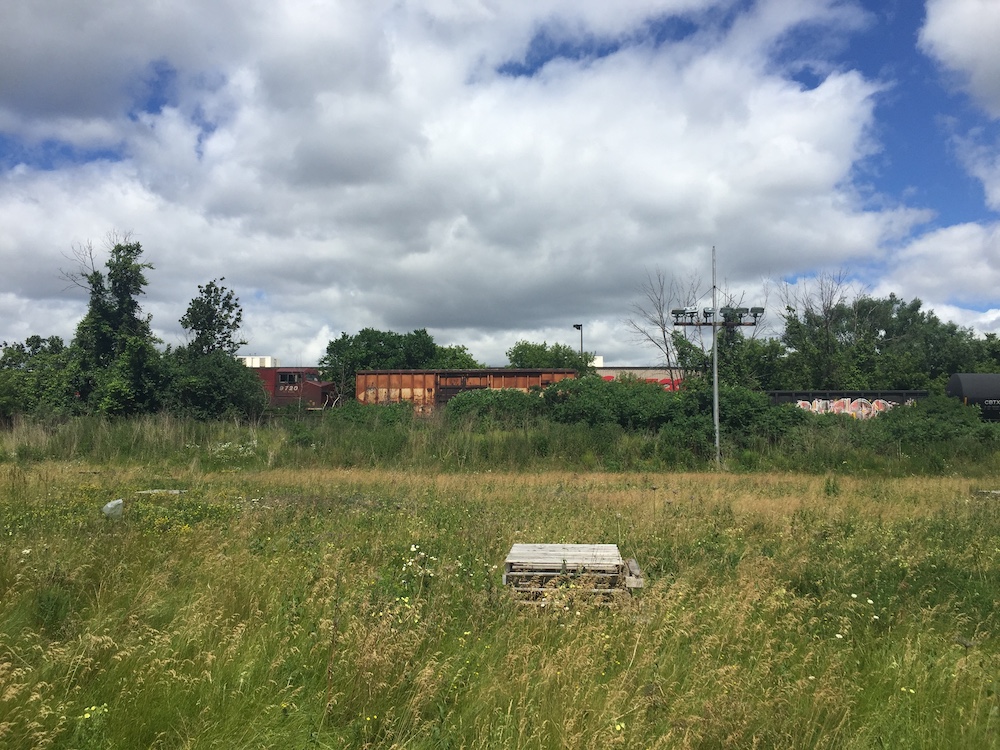
Despite their name, light industrial areas can have a heavy impact on their local environment. As areas zoned for manufacturing, processing, and fabrication, these sites and their processes can inherently create air, water, and soil pollution. These impacts are more extreme with proximity to ravines and other regional systems. The typical landscape of light industrial sites (asphalt and mowed-lawn) does little to slow down or clean polluted water before it enters the water system.
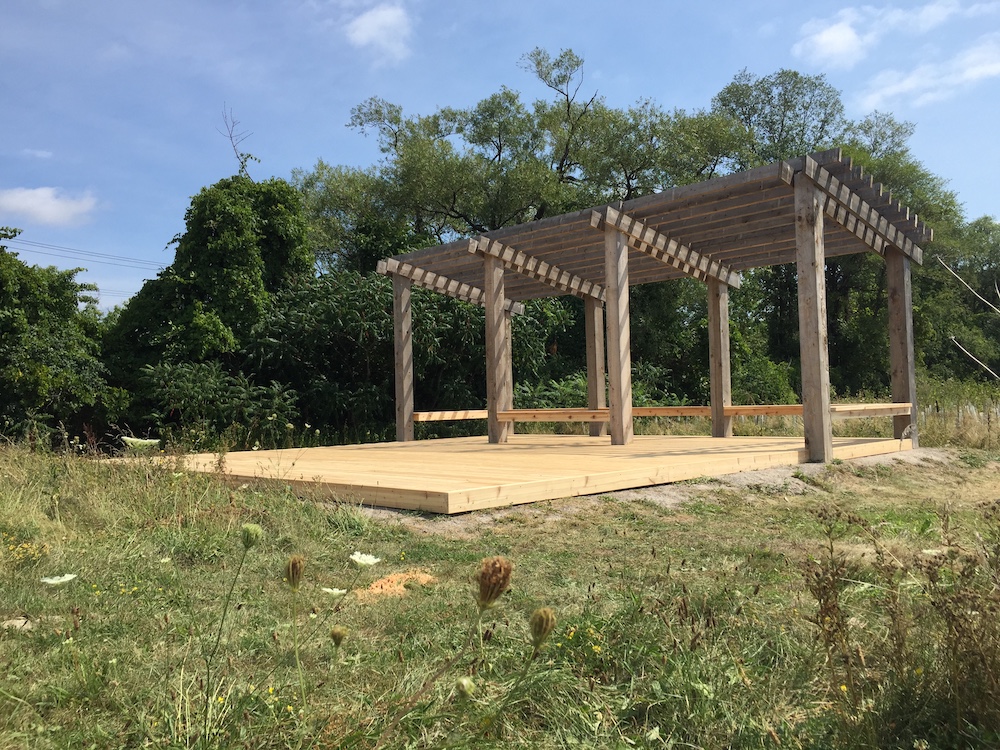
Dave Marcus, the owner of AyA Kitchens and Baths, says, “The property [was] used for manufacturing long before I purchased it in 2000. There was some low-level legacy contamination of the property and I was intrigued by the possibility of using plants to remediate it.” In 2018, testing on-site confirmed polluted groundwater was flowing towards Etobicoke Creek. Tests also confirmed soil pollution.
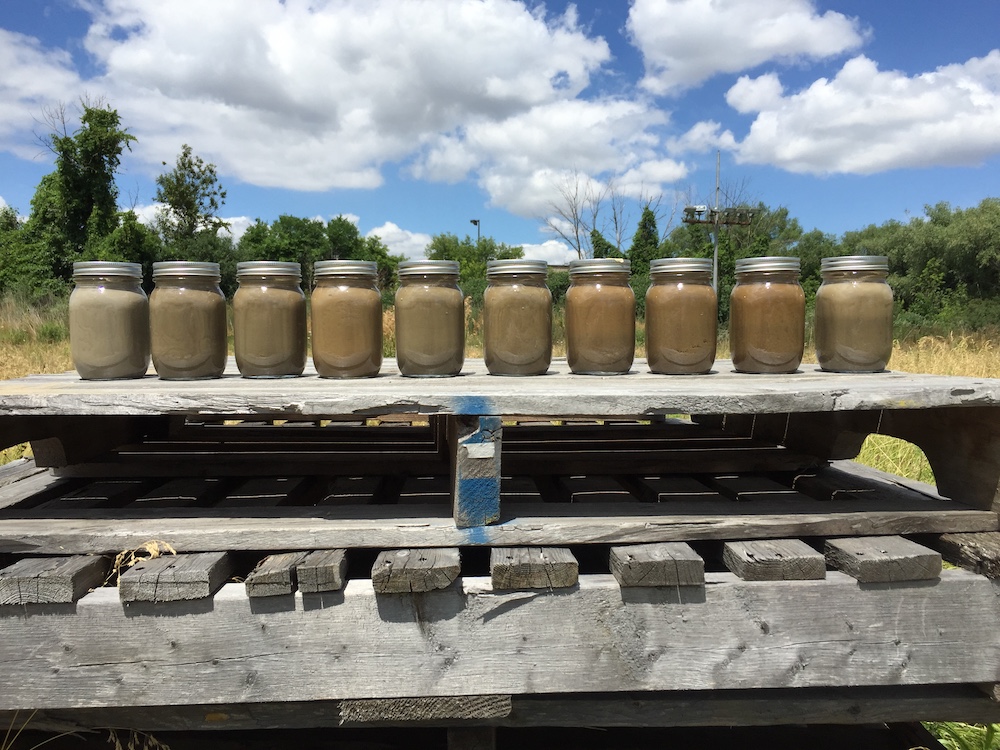
For the last three years, Assistant Professor Pete North has been developing this phytoremediation research pilot project as part of a course at the University of Toronto’s Faculty of Architecture, Landscape, and Design. North’s Master of Landscape Architecture (MLA) students are transforming the site and experimenting with phytoremediation methods. Through interventions of landscape regeneration, the site has become a living laboratory that can be studied and enjoyed. North hopes to collaborate with U of T’s Centre for Landscape Research as well.
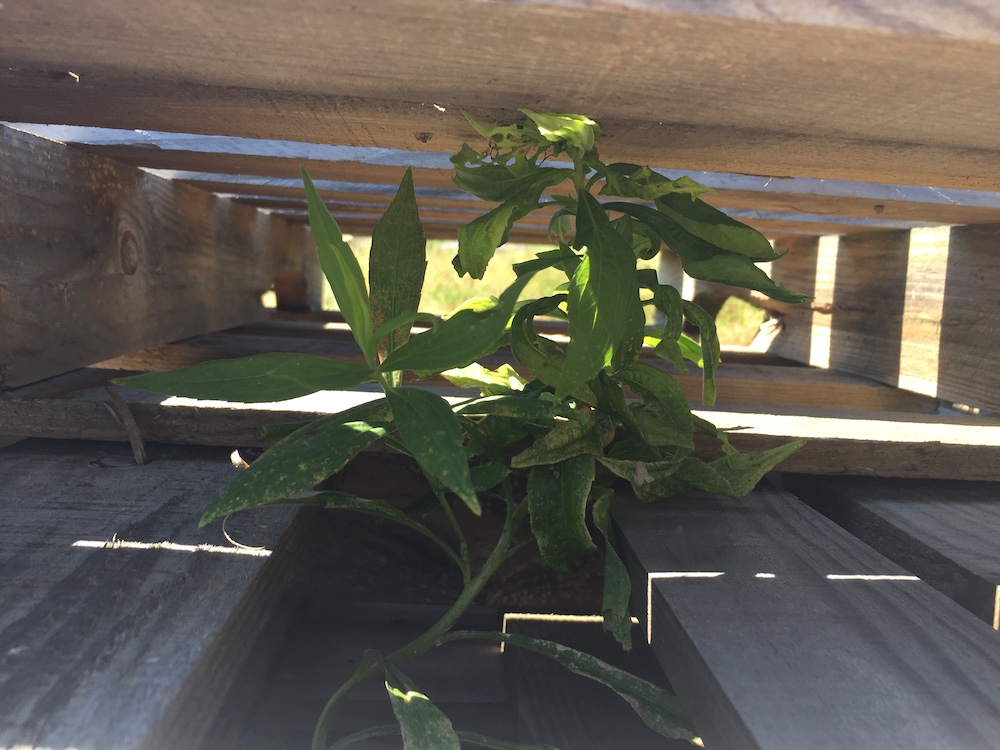
The most recent intervention is a site plan and monitoring station designed by Emily McKenna and myself (now MLA graduates), and Pete North. For students, McKenna says, the project was “a real-world opportunity to develop a buildable concept.”
As part of the design, the lawn area of the site has been allowed to grow freely into a meadow, except for paths created and maintained through a carefully designed mowing regime. “Simple things like not cutting the lawn and watching it grow naturally back into a meadow teeming with wildflowers and wildlife [is] amazing,” Marcus says. Without much human intervention, the site has entered a state of natural attenuation. Within the meadow are pallet piles—stacks of recycled shipping pallets that act as catalysts for biodiversity by providing habitat and shelter for birds, animals, and plants, as well as capturing wind-dispersed seeds. The pallet piles are hubs for ecological activity meant to slowly decompose over time.
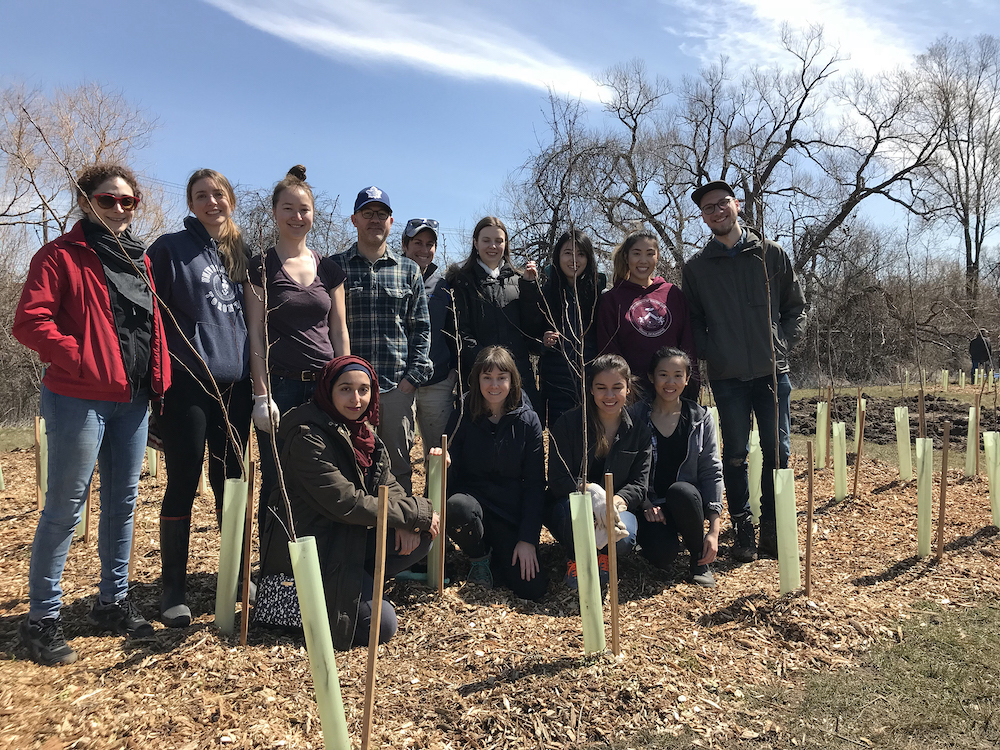
The monitoring station is a place to observe ecological activities and remediation processes, as well as a place for workers to relax and ultimately connect with nature.
In April, 2018, four test plots of 100 native trees each were planted by AyA employees, their families, and MLA students during a massive planting event. The idea is to test the phytoremediation power of each tree species over time (birch, willow, polar, and aspen). Many of the trees are established now, but it can take up to five years for them to grow big enough to reach the groundwater and begin to show results.
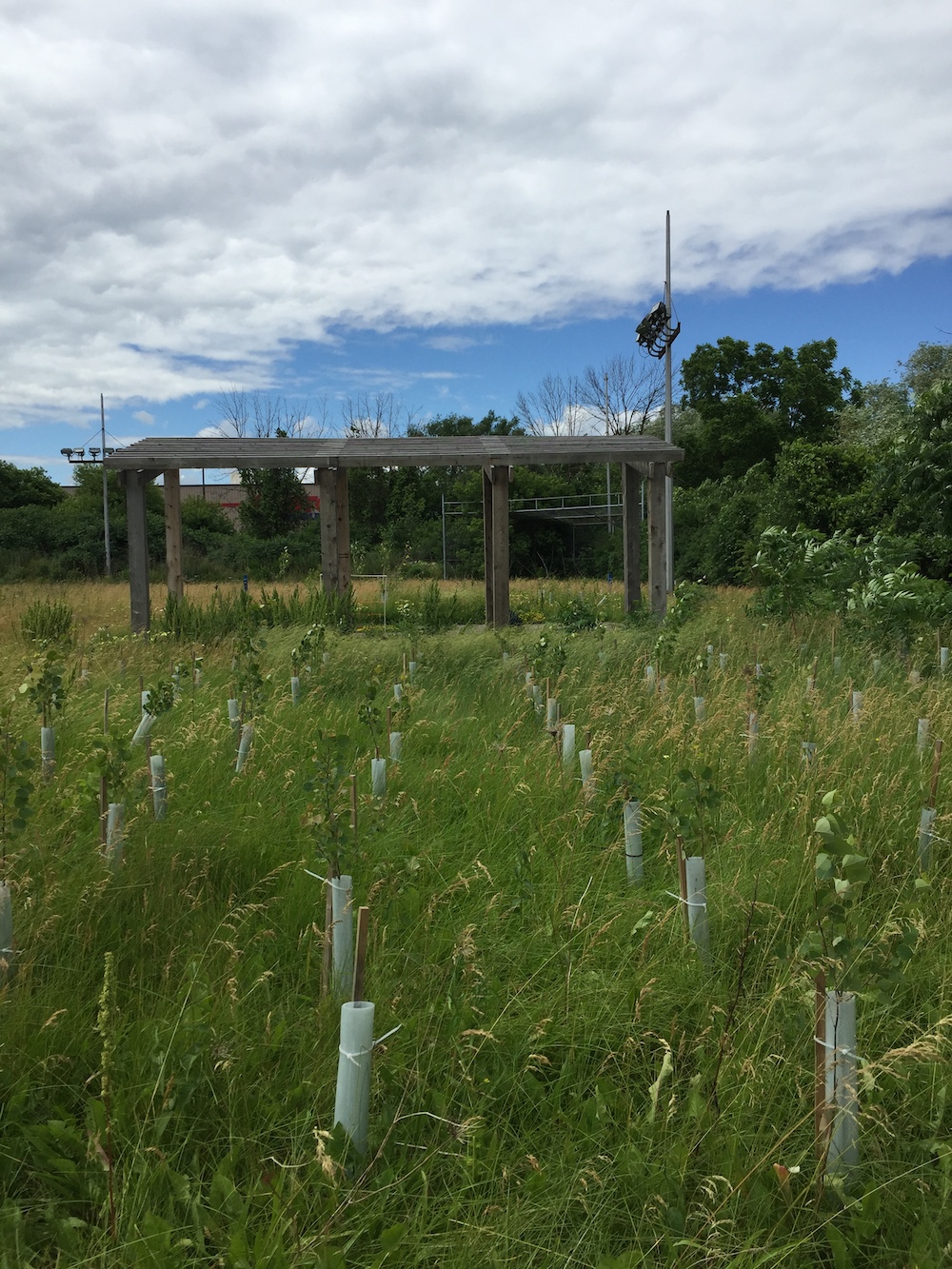
Phytoremediation is a process that uses plants to remove, transfer, and destroy pollutants in the soil and groundwater. For example, the roots of some plants help to activate microbes in the soil that break down pollutants, while other plants can absorb pollutants from groundwater and store them in their tissues. “I believe [phytoremediation] is an incredible tool that solves both small-scale soil health problems and contributes to the well-being of ecological systems at the regional scale,” says McKenna.
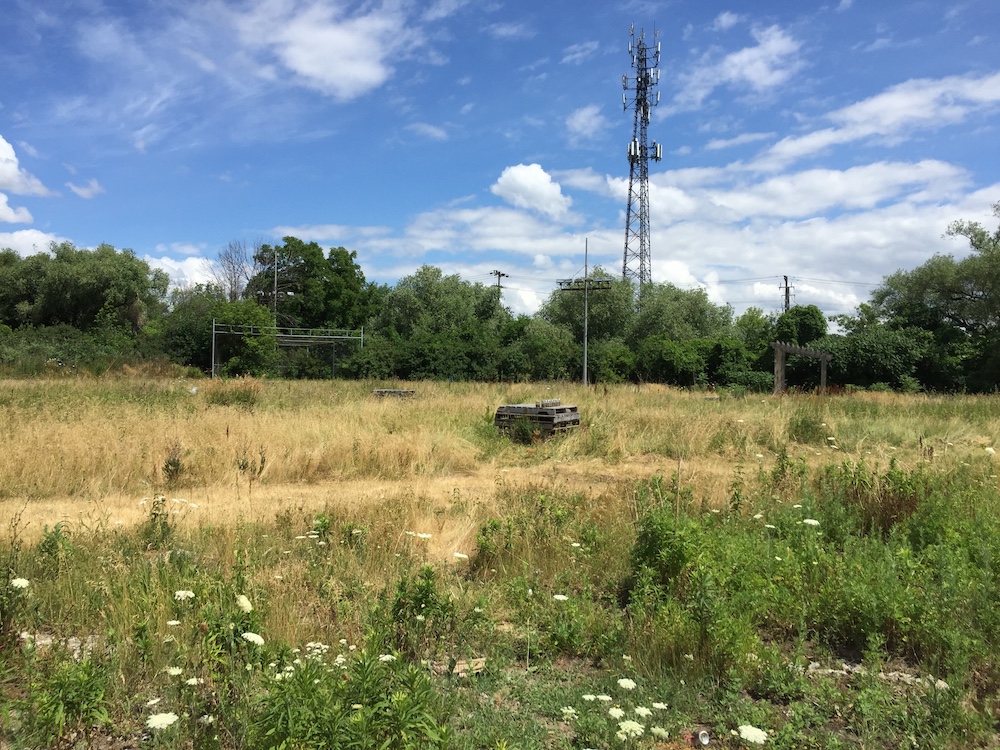
Recent MLA graduate Morgan Quinn is responsible for monitoring the natural attenuation, observing ecological activity, and assessing the health of the phytotechnologies installed on site. This project hopes to set a precedent by exploring new methods to address pollution in urban areas. “If we can make it work at AyA then we can advocate for these solutions to be deployed across the city and potentially make a big difference,” Quinn says. “That’s what I find really exciting!”
We don’t know where this living laboratory will take us, but it is exciting to be on the journey.
Text by Stacey Zonneveld, a landscape architect at thinc design and graduate of the Master of Landscape Architecture program at the University of Toronto.
